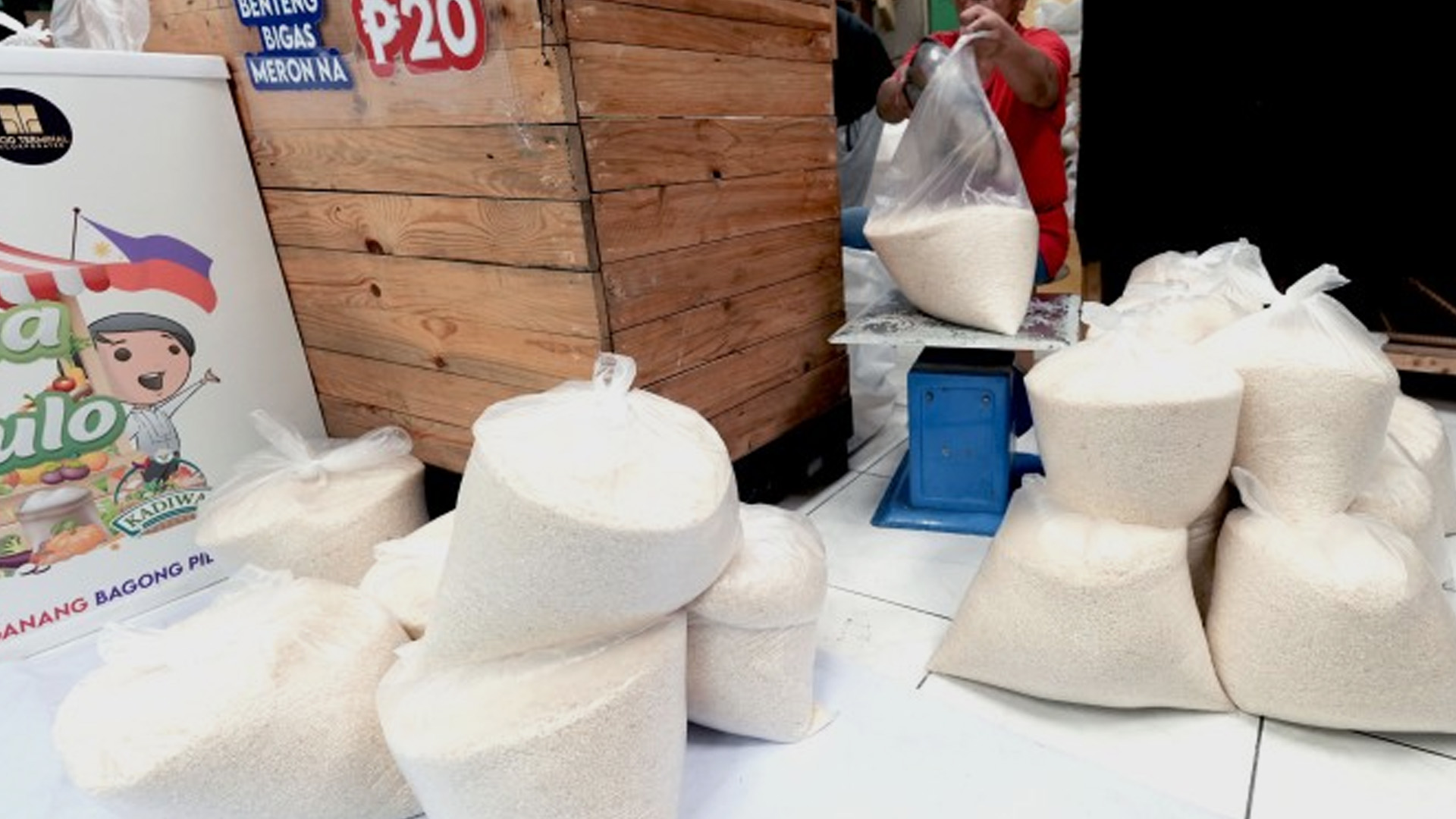The Marcos administration has allotted PHP256.5 billion for the agriculture sector in the 2026 National Expenditure Program (NEP), with PHP10 billion dedicated to expanding access to affordable rice under the Department of Agriculture’s (DA) “Rice for All” initiative.
President Ferdinand R. Marcos Jr. said the spending plan will “strengthen our Agriculture sector in 2026,” with PHP153.9 billion going to the DA and its attached agencies, PHP45.1 billion to the National Irrigation Administration (NIA), and PHP17.4 billion to the Department of Agrarian Reform.
The proposed budget is aligned with the Philippine Development Plan’s goal to modernize agricultural production and secure food supply amid inflation pressures and recurring climate disruptions, the Department of Budget and Management (DBM) said in a statement Thursday.
Budget Secretary Amenah Pangandaman said the allocation advances the administration’s food security agenda.
Rice access, pricing stability
The PHP10-billion “Rice for All” program — which includes the Benteng Bigas Meron Na (BBM Na) initiative — will expand the sale of low-cost rice through Kadiwa outlets and public markets.
Supplies may be sourced from farmers’ cooperatives, the National Food Authority, NIA, local rice suppliers, or through “strategic importation if necessary”.
The budget also provides PHP11.2 billion for rice buffer stocking.
Of that amount, PHP9 billion will be used to procure 300,000 metric tons of palay for emergencies, while PHP2.177 billion will cover milling, transport, and distribution.
The National Rice Program’s funding will climb to PHP29.9 billion, up 38 percent from PHP21.7 billion in 2025.
The Rice Competitiveness Enhancement Fund, meanwhile, will retain PHP30 billion for mechanization, seed development, and productivity measures.
Broader farm spending
Other national programs in the sector include PHP3.8 billion for livestock and PHP9.3 billion for fisheries.
The sugarcane development program is allocated PHP1 billion, while the corn program gets PHP6.7 billion, high-value crops PHP2.1 billion, organic agriculture PHP1 billion, and urban/peri-urban agriculture PHP391 million.
To strengthen production and market linkage, the administration has set aside PHP16 billion to build 1,067 kilometers of farm-to-market roads and PHP2.1 billion to start an agricultural food hub in Clark, Pampanga.
The Philippine Rural Development Project Scale-Up will receive PHP9.98 billion for post-harvest and cold chain infrastructure, while the Kadiwa ni Ani at Kita program is allotted PHP250 million.
Marcos has repeatedly said rice access and stable prices are central to inflation control and economic recovery, as his administration leans on bigger agriculture investments to cushion global supply shocks and bolster rural livelihoods. (PNA)









